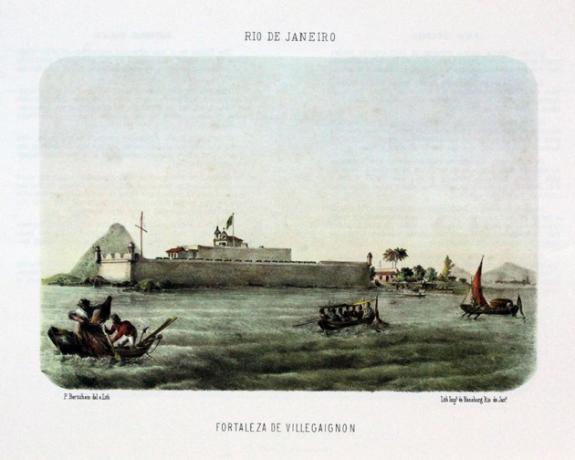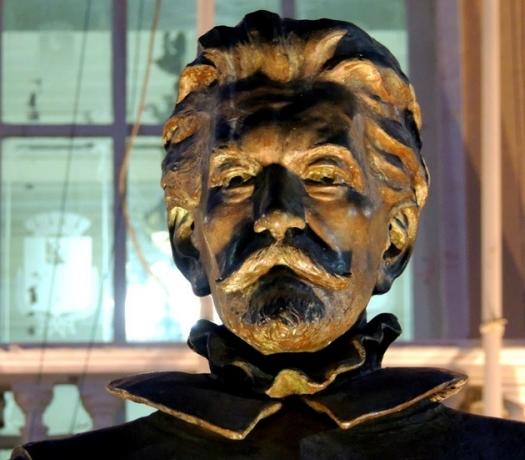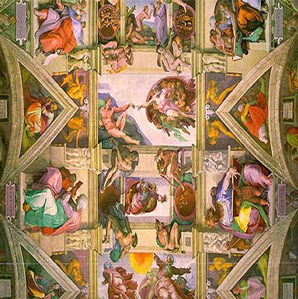THE Equinoctial France it represented the second attempt by the French to settle in Brazil, in the Maranhão region between the years 1612 to 1615.
The origin of the name is related to the territory of conquest, since it was close to the Equator line, which was previously called the Equinoctial line.
This event took place after France Antarctica, a French colony that lasted about fifteen years in Rio de Janeiro.
Historical Context: Summary
Since the arrival of the Portuguese in America, other European peoples had been disputing the lands found in order to explore them.
Meanwhile, Portugal, the greatest European maritime power of the 15th and 16th centuries, disputed the territories of America, alongside Spain. The Spaniards came out ahead when christopher Columbus reached the Caribbean in 1492.
Furthermore, the French and the Dutch sought to settle on the coast of the Portuguese colony in America during the 16th and 17th centuries.
Several were the attempts, however, the Portuguese defended the territory fighting the invasions.
We must remember that at first, Portugal did not settle settlers in the territory. The activity was limited to trading brazilwood with the indigenous people. However, with the siege to the region, the Portuguese Crown began to send people in order to settle and establish a colony.
Populating the land was an important tactic found by the Portuguese Crown in order to consolidate the Portuguese presence in the territory. In this way, the invasions that increased more and more in the face of the European peoples' eagerness for exploitation and conquest were avoided.
French in Rio de Janeiro (1555)

At this moment, the France it was going through difficult times, with clashes between Protestants and Catholics. Thus, the Protestants who were being persecuted by the Catholic Church and the French crown, found in Portuguese America a calmer stronghold.
When they arrived here in 1555, they took over the city of Rio de Janeiro and built a fort in Guanabara Bay, the current Villegagnon fort.
Thus, the first French colony in the country was founded: the Antarctic France, by French Calvinist Nicolas Durand Villegagnon.
In 1560, the Portuguese prepared to expel the French invaders who had the support of the Tamoios Indians. However, they were not victorious, being defeated during the government of the third governor general of Brazil, Mem de Sa, in 1567.
Expedition of Daniel de La Touche (1612)

From that, the French decided to occupy another part of the Portuguese colonial territory. In March 1612, an expedition led by Daniel de La Touche (1570-1631) and allied with the Tupinambá Indians.
The indigenous tribes and the French were already familiar with each other, as navigators from France were already prowling the region. La Touche himself has been around twice.
The natives, in turn, nicknamed the French the yellow parrots, for these were blond and talkative like the birds.
With this, they founded a second French colony called “France Equinoctial”, whose capital was the city of São Luís in honor of the king and patron saint of France.
Despite being of Calvinist religion, Daniel de La Touche had Capuchin (Franciscan) friars in his squadron who said the first mass for the foundation of the city. In three years, the French territory expanded to the current states of Pará, Amapá and Tocantins.
The Portuguese, at this time, were linked to the Spanish by Iberian Union. However, they did not neglect the business of the colony and it must be remembered that the Spaniards were historical enemies of the French.
They named commanders Jerônimo de Albuquerque and Alexandre Moura, who brought together a large number of Portuguese-Spanish and indigenous soldiers. After many battles, the French were finally expelled in 1615.
The French, however, never gave up on establishing a colony in South America. Finally, they managed to do so in what is now French Guiana, with the foundation of Cayenne in 1637.
Curiosities
- São Luís is the only capital in the country founded by the French.
- The French would still return to Rio de Janeiro in 1711, kidnap the city and demand a ransom so as not to destroy it. The cariocas managed to gather the necessary sum and got rid of the enemy.
- On September 8, 2014, the Huguenot Daniel de La Touche Culture House was inaugurated in São Luís, in order to preserve the memory of the French who founded the city together with the indigenous tupinambás.
- The French colony in Maranhão was the theme of the school of sama Grande Rio, at Carnaval 2002, in Rio de Janeiro, with the plot "Papagaios Amarelos nas Terras Encantadas do Maranhão".

